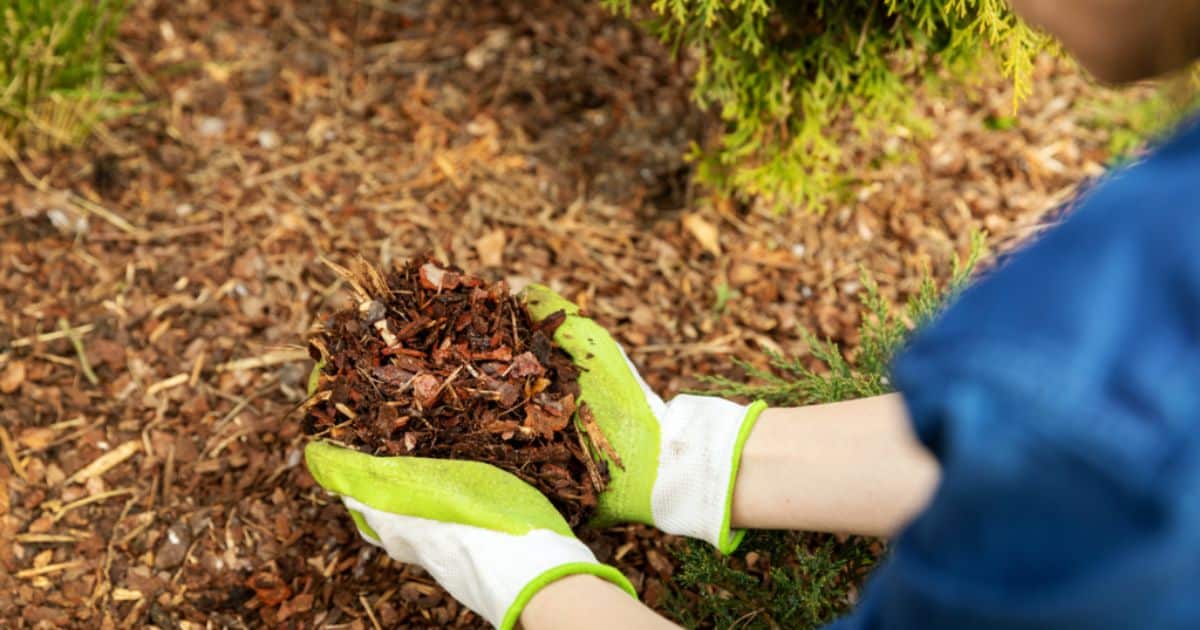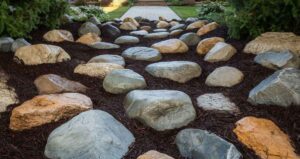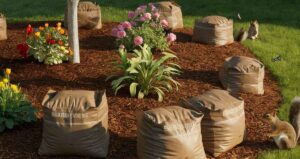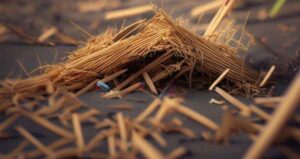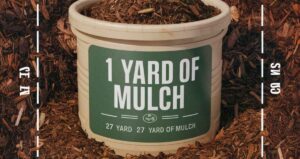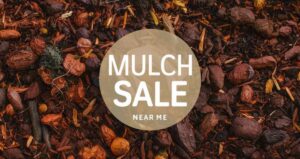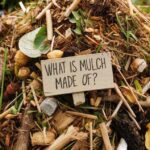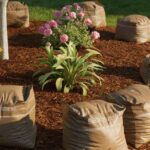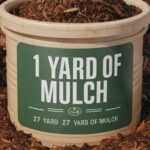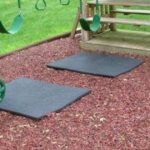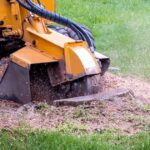Do you ever find yourself wondering what to do with that old mulch piling up in your yard? Well, guess what? You’re in luck! You’re about to discover some fantastic ways to give that old mulch a new purpose and make you feel like a valued member of your community. From composting to mulching flower beds, using it as a weed barrier, or even donating it to local community gardens, there are plenty of options for you to choose from. So don’t just toss that old mulch away, find out how you can contribute to the beauty and sustainability of your surroundings. Let’s dive in and explore the possibilities together!
Key Takeaways
- Composting old mulch creates nutrient-rich soil for your garden.
- Mulching flower beds helps retain moisture, suppress weeds, and improve appearance.
- Using old mulch as a weed barrier reduces the need for herbicides and conserves soil moisture.
- Adding old mulch to vegetable gardens retains moisture, regulates soil temperature, and suppresses weed growth.
Composting
If you have old mulch, you can compost it to create nutrient-rich soil for your garden. Composting is a simple and effective way to recycle organic matter, such as old mulch, and turn it into a valuable resource. When you incorporate mulch in compost, you not only reduce waste but also enrich your soil with essential nutrients. Composting old mulch involves layering it with other organic materials, such as kitchen scraps, leaves, or grass clippings. This mixture provides a balanced carbon-to-nitrogen ratio, promoting decomposition and the growth of beneficial microorganisms. Remember to turn the compost pile regularly to ensure proper aeration and breakdown of materials. With composting, you can transform your old mulch into a nutrient-rich soil amendment that will nourish your plants and promote healthy growth.
Mulching Flower Beds
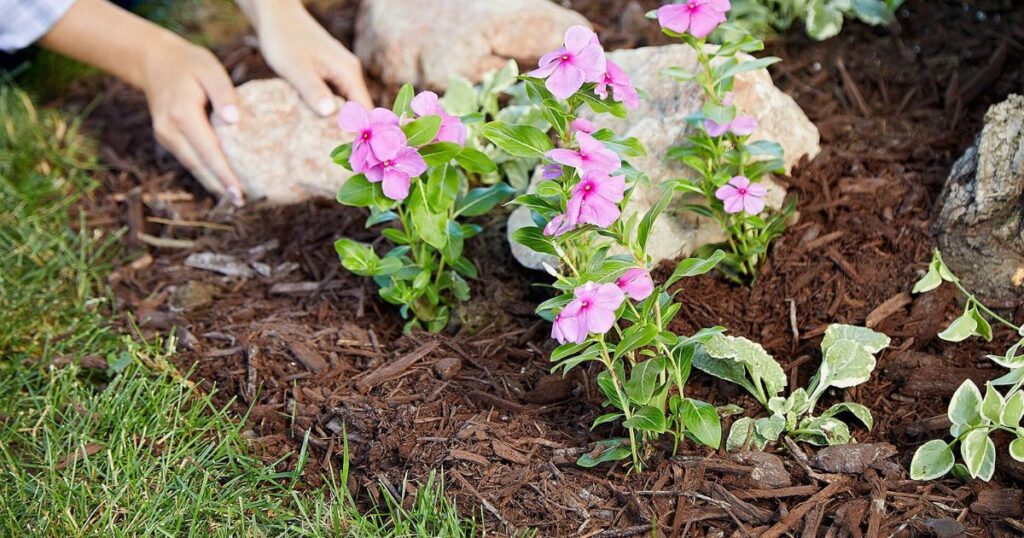
To mulch flower beds, start by spreading a layer of old mulch over the soil. This will help retain moisture, suppress weeds, and improve the overall appearance of your flower beds. When mulching, it’s important to consider the mulching techniques that work best for your specific needs. One technique is to use a thick layer of mulch, about 2-3 inches deep, to provide maximum weed suppression and moisture retention. Another technique is to use a thinner layer, about 1 inch deep, for a more decorative look. As for mulch color options, you have a variety to choose from, such as natural wood tones, black or dark brown for a more uniform look, or even red or gold for a pop of color. Ultimately, the choice is yours and should complement your overall garden design.
Using as a Weed Barrier
When it comes to weed control, old mulch can be a valuable tool. Using it as a weed barrier can help prevent the growth and spread of unwanted plants in your garden or flower beds. The benefits of using mulch for weed control include reducing the need for herbicides, conserving soil moisture, and improving the appearance of your landscape. Additionally, mulch acts as a natural barrier by blocking sunlight and preventing weed seeds from germinating.
Mulch for Weed Control
Using old mulch as a weed barrier can effectively prevent the growth of unwanted weeds in your garden. Mulch serves as a protective layer that blocks sunlight from reaching weed seeds, inhibiting their germination and growth. Additionally, mulch helps retain moisture in the soil, reducing the chances of weed growth. When using old mulch as a weed barrier, it is important to properly prepare the area before applying the mulch. Clear the area of any existing weeds or debris, and ensure that the soil is adequately moist. Spread a layer of old mulch around your plants, making sure to cover the entire surface area. This will create a barrier that prevents weed seeds from penetrating the soil and sprouting. Consider the following benefits of using mulch as a weed barrier:
| Benefits of Using Mulch as a Weed Barrier |
|---|
| Prevents weed growth |
| Retains moisture in the soil |
| Creates a protective layer |
Benefits of Using Mulch
How can using old mulch as a weed barrier benefit your garden? When it comes to landscaping, using mulch as a weed barrier offers numerous benefits. First and foremost, it helps to suppress weed growth by blocking sunlight and preventing weed seeds from germinating. This reduces the need for manual weeding and saves you time and effort. Additionally, mulch acts as a natural composting agent, gradually breaking down and enriching the soil. This provides essential nutrients to your plants, promoting healthy growth and improving overall soil fertility. Furthermore, mulch helps to conserve moisture in the soil, reducing the need for frequent watering. By using old mulch as a weed barrier, you not only maintain a clean and well-maintained garden, but also enjoy the composting benefits and improved soil quality that mulching provides.
Mulch as Natural Barrier
To utilize old mulch as a weed barrier, simply spread it evenly throughout your garden beds. This natural barrier will help prevent weeds from growing and competing with your plants for nutrients and space. Mulch not only acts as a weed deterrent but also has other benefits for your garden. It can serve as an effective erosion control method by protecting the soil from heavy rain and wind. The mulch acts as a protective layer, preventing soil erosion and keeping the soil in place. Additionally, mulch helps retain moisture in the soil, reducing the need for frequent watering. This is especially beneficial during dry periods or in areas with limited water resources. By using old mulch as a weed barrier, you can save money and create a healthier, more vibrant garden.
Adding to Vegetable Gardens
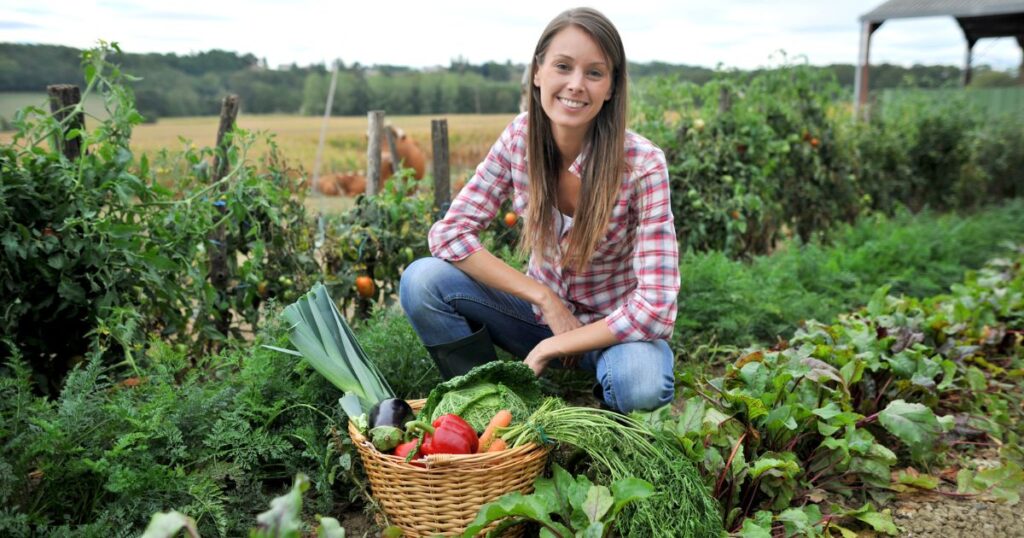
When it comes to vegetable gardens, adding old mulch can provide numerous benefits. Mulch helps to retain moisture, regulate soil temperature, and suppress weed growth, which are all important factors for healthy vegetable plants. Different types of mulch, such as straw, wood chips, or compost, can be used depending on your specific needs. The best time to apply mulch to your vegetable garden is in the spring, after the soil has warmed up and the plants have started to grow.
Mulch Benefits Vegetables
Use old mulch to enhance the growth and health of your vegetable garden. Mulch provides numerous benefits to vegetables by improving the soil in which they grow. Mulching helps to retain moisture in the soil, reducing the need for frequent watering and preventing water runoff. It also acts as a barrier, preventing weed growth and protecting the vegetables from soil-borne diseases. Mulch helps regulate soil temperature, keeping it cooler in hot weather and warmer in cold weather, which is crucial for the optimal growth of vegetables. Additionally, as the mulch breaks down over time, it enriches the soil with organic matter, improving its fertility and nutrient content. Now that you understand the benefits of using mulch for your vegetable garden, let’s explore the different types of mulch you can use.
Types of Mulch
You can incorporate different types of mulch into your vegetable garden. When comparing mulch options, consider these choices:
- Straw: This organic mulch is affordable and helps retain moisture in the soil.
- Wood chips: Wood chips provide a natural look and gradually break down, enriching the soil.
- Grass clippings: Use freshly-cut grass clippings as mulch to add nitrogen to the soil and suppress weeds.
- Newspaper: Lay down several layers of newspaper to block weeds and retain moisture.
- Compost: Spread a layer of compost around your plants to improve soil fertility and provide nutrients.
Choosing the right mulch for your vegetable garden depends on factors such as availability, cost, and desired benefits. Now that you know about the different types of mulch, let’s move on to discussing the best time to mulch your garden.
Best Time to Mulch
To get the maximum benefits from mulching your vegetable garden, it’s important to know the best time to add new mulch. Mulching is a great way to improve the health and productivity of your garden by conserving moisture, suppressing weeds, and regulating soil temperature. The table below provides a guide on the best time to apply mulch based on the type of vegetables you are growing:
| Vegetable Type | Best Time to Apply Mulch |
|---|---|
| Warm-season | After soil warms up |
| Cool-season | Early spring or fall |
| Root vegetables | After plants are established |
Donating to Local Community Gardens

Donating old mulch to local community gardens can provide valuable resources for their growth and maintenance. By contributing your old mulch to these community garden initiatives, you are not only helping to enhance the beauty of the gardens but also supporting a sense of belonging within your local community. Here are five reasons why donating to local community gardens is a great idea:
- Promotes sustainability: Your old mulch can be reused instead of being sent to a landfill, reducing waste and contributing to a more sustainable environment.
- Improves soil quality: Mulch helps retain moisture, suppress weeds, and enrich the soil with organic matter, creating healthier growing conditions for the plants in the community garden.
- Enhances aesthetics: Mulch adds a polished and neat appearance to the garden, making it more inviting and visually appealing.
- Supports local food production: Community gardens often grow fruits, vegetables, and herbs, providing fresh, locally grown produce for the community.
- Fosters community engagement: Donating to community gardens encourages collaboration, fosters relationships, and creates a sense of pride and ownership among community members.
Disposing of Properly
Proper disposal of old mulch is essential to ensure environmental responsibility. When it comes to getting rid of old mulch, the best option is composting. Composting benefits the environment by reducing waste and creating nutrient-rich soil. To compost your old mulch, simply create a compost pile or use a compost bin. Mix the mulch with other organic materials such as kitchen scraps, grass clippings, and leaves. Turn the pile regularly to promote decomposition. Another option is to use your old mulch as a natural weed barrier in your garden. Spread a layer of mulch alternatives, such as straw or wood chips, over the old mulch to suppress weed growth. By properly disposing of your old mulch, you can contribute to a healthier environment and a thriving garden.
Conclusion
So, next time you find yourself with old mulch, don’t just toss it in the trash. Instead, consider the various ways you can repurpose it and benefit your garden or community. From composting to mulching flower beds, using it as a weed barrier, or even donating it to local community gardens, there are plenty of options. By properly disposing of your old mulch, you can make a positive impact and contribute to a more sustainable environment.
